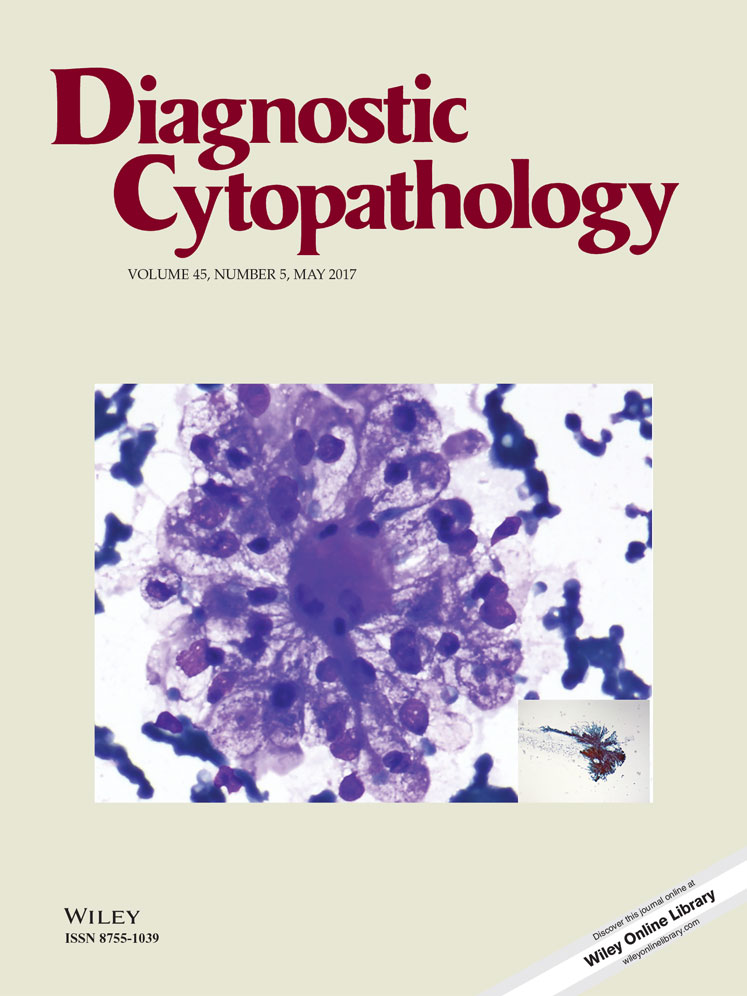Pancreatic involvement by metastasizing neoplasms as determined by endoscopic ultrasound-guided fine needle aspiration: A clinicopathologic characterization
Conflicts of interest and source of funding
The authors have no conflicts of interest, no financial disclosures, and the work in this manuscript was conducted without supportive funding.
Abstract
Background
Pancreatic tumors often represent primary neoplasms, however organ involvement with metastatic disease can occur. The use of endoscopic ultrasound-guided fine needle aspiration (EUS-FNA) to determine the underlying pathology provides guidance of clinical management.
Methods
25 cases were identified in a retrospective review of our institution's records from 2006 to 2016. Clinical parameters and prognosis are described.
Results
Metastatic lesions to the pancreas diagnosed by EUS-FNA accounted for 4.2% of all pancreatic neoplastic diagnoses, each lesion had a median greatest dimension of 1.5 cm, were most often located in the head of the pancreas, and by EUS were typically hypoechoic masses with variably defined borders. Patients were of a median age of 64 years old at diagnosis of the metastatic lesion(s) and the mean interval from primary diagnosis to the diagnosis of metastasis to the pancreas was 58.7 months (95% confidence interval, CI, 35.4 to 82.0 months). The rates of 24-month overall survival after diagnoses of metastatic renal cell carcinoma or all other neoplasms to the pancreas were 90% and 7% respectively. The origin of the neoplasms included the kidney (n = 10), colon (n = 4), ovary (n = 3), lung (n = 2), et al. Smear-based cytomorphology, and a combination of histomorphology and immunohistochemical studies from cell block preparations showed features consistent with the neoplasm of derivation.
Conclusion
Metastases to the pancreas can be diagnosed via EUS-FNA, with enough specimen to conduct immunohistochemical studies if necessary to delineate origin. The determination of metastatic disease to the pancreas alters management and prognosis of the patient. Diagn. Cytopathol. 2017;45:418–425. © 2017 Wiley Periodicals, Inc.




